


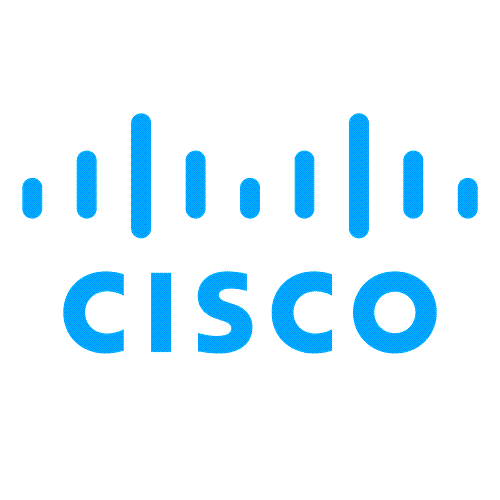

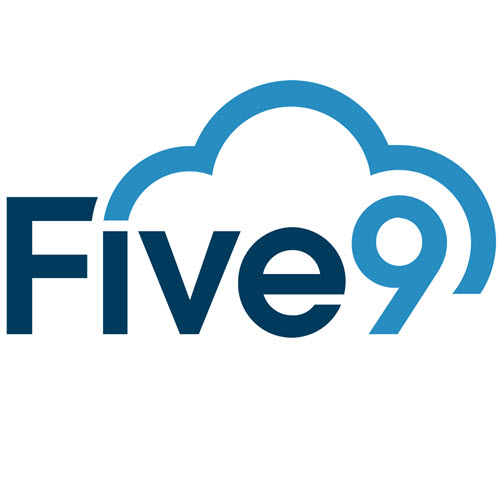
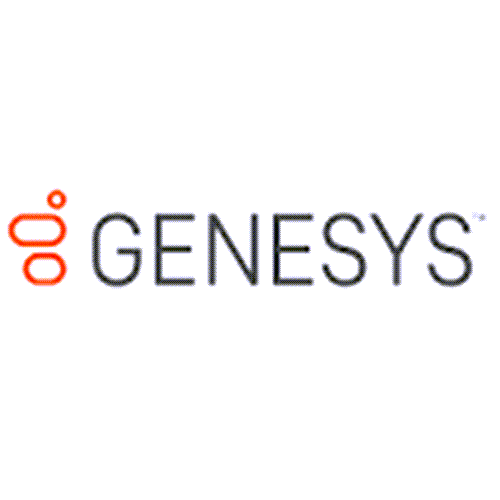
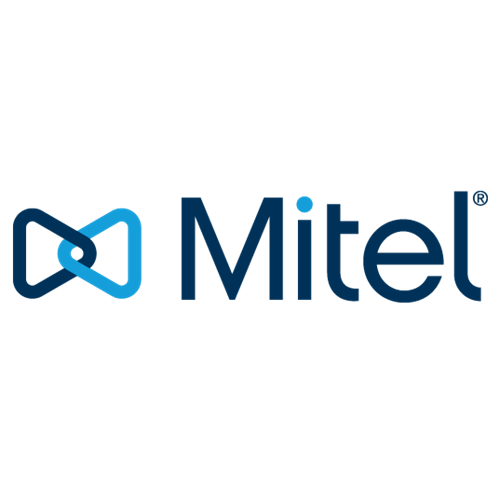

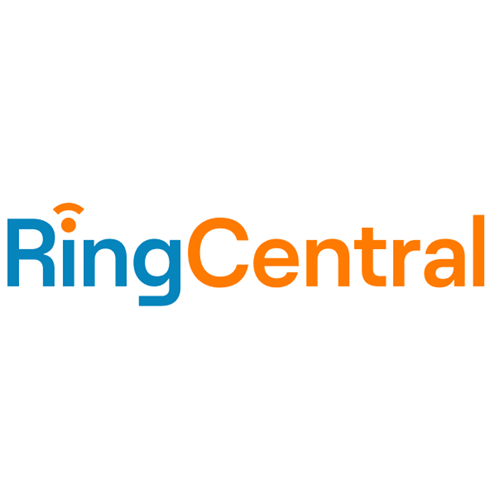
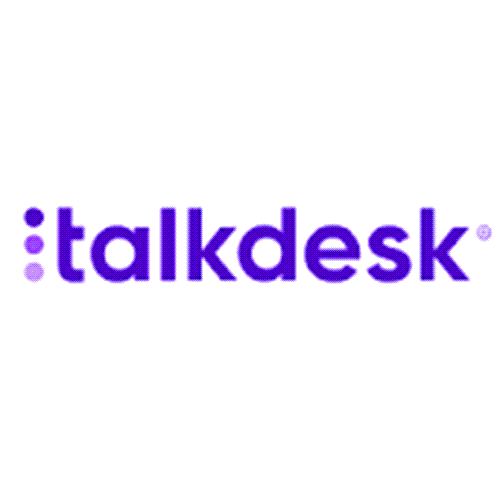

In today’s diverse society, understanding the nuances of patient demographics is paramount for effective communication, especially in healthcare contact centers. Patient profiling offers a structured approach to understanding these differences and tailoring communication accordingly.
Get a quick and painless evaluation of key elements you should be focused on.
Click Here










Call back in queue allows patients to hold their place in queue and hang up. The system will call them back when it is their turn. This is extremely useful when you are faced with a heavy busy hour or have a variable average talk time for your agents.
If your agents are always busy and have no “future time” available, then a call back option is unlikely to be your best investment. In this case, you need to find agent time by perhaps introducing automation and call deflection to a digital channel.
An analysis of your call profiles will help identify some of the high priority elements that can help.
A contact center in a healthcare setting acts as a critical interface between the healthcare provider and the patients. It significantly contributes to the patient experience in several ways:
First Point of Contact:
Accessibility and Convenience:
Information Provision:
Patient Support:
Personalized Service:
Feedback Collection:
Efficiency and Coordination:
Healthcare Navigation:
Emergency Response:
Technology Integration:
Educational Resource:
The effective functioning of a contact center, integrated with a patient-centric approach, significantly contributes to better patient experiences, which in turn builds trust, satisfaction, and loyalty toward the healthcare provider.


We know that patients come in all shapes and sizes and have their own individual needs. So why do so many Contact Centers force ALL patients into the same bucket?
It’s important to understand that there are solutions that are able to individualize the patient experience. You don’t even have to change your current vendor.
An eighty-five-year-old patient has dramatically different needs than a Gen Z patient. Treating them with the same greeting, workflow, or agent, can be disastrous when it comes to patient satisfaction.
You have invested hundreds, if not thousands of hours in your corporate voice IVR and Menu-Tree identity, or you have a hodge-podge of voices whenever someone jumps from one menu to the other.
If not, you likely have a robotic voice that sounds just like a robot. No one wants that.
Now we can create recordings of professional voices with relative ease and replicate the “special” voice that you have invested in.
Talk to us. We can help put you on the right track.
